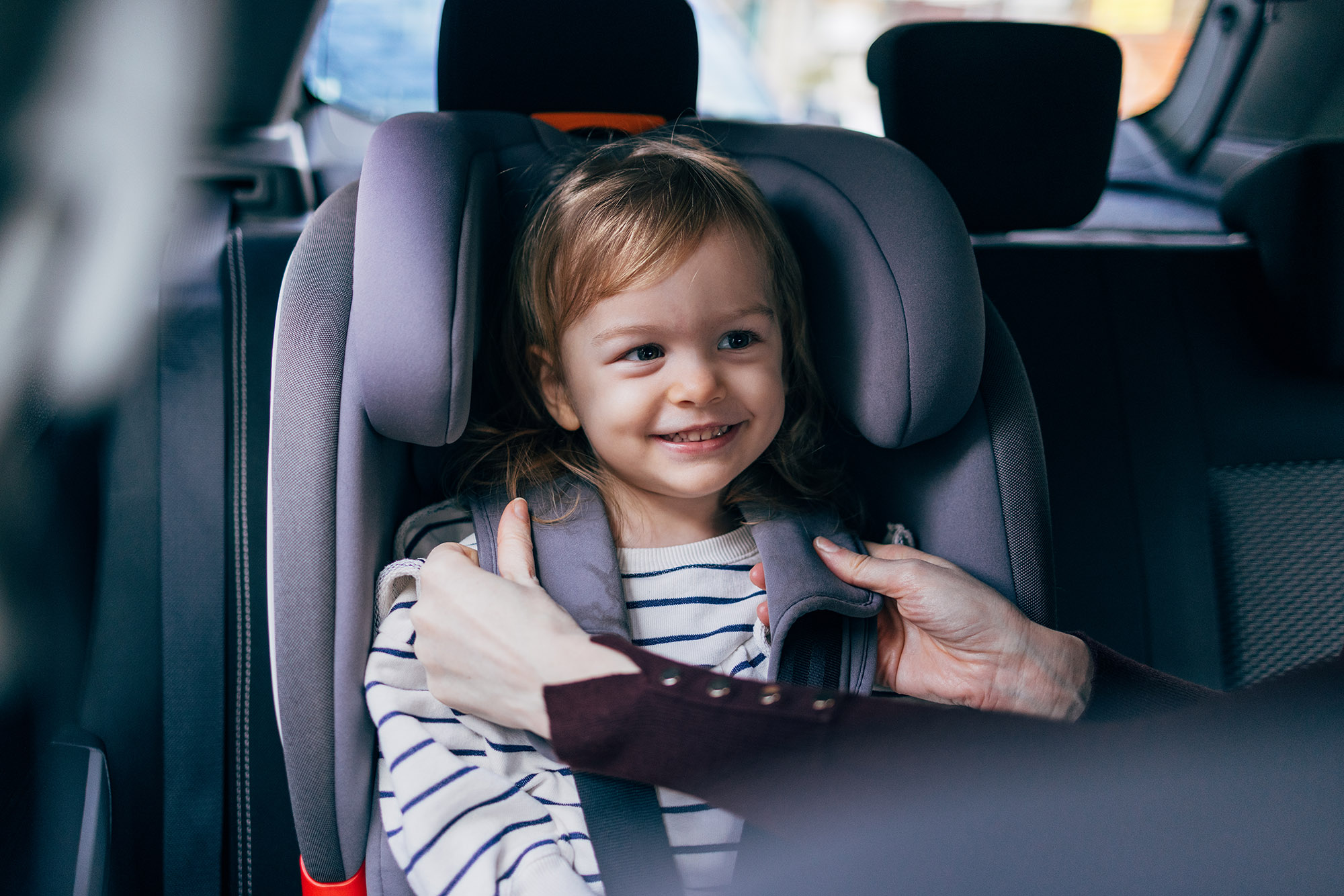Why You Shouldn't Buy a Used Child Car Seat
Keeping your family safe in the car can come with fewer risks.
 Getty Images
Getty Images
Families or parents on the go generally need to be familiar with child safety seats. Also known as an infant seat, baby seat, or child restraint system, these safety items are an important part of keeping kids safe in a vehicle.
While adult passengers can rely on seatbelts and airbags to help keep them safe in an auto collision, children are smaller and lighter, meaning they can't count on the same systems that work on larger occupants.
Like most things child related, though, car seats can be expensive, leaving budget-minded parents to consider a secondhand one. That's not always a good idea, for a variety of reasons.
Child Car Seats Are Meant to Absorb Impacts
Child car seats help prevent injuries or deaths by cushioning the occupant and keeping them away from the dangerous forces involved in a car crash, including airbags, parts of the interior knocked loose, and other vehicles. That said, child seats are meant to be properly installed to function correctly, meaning the child is buckled into their harness and seated in the correct position. Parents and caregivers should read the seat's installation and usage instructions to maximize the safety measures car seats offer.
Owners should also consider registering their car seats with the manufacturer. This helps notify the owners of any recalls, which occur if a manufacturing defect or other issue that can compromise the seat's functionality is discovered after those seats have been sold.
Additionally, car seats have expiration dates, as the materials can degrade due to age, through wear and tear, and from constant exposure to hot and cold temperatures.
What Happens to a Child Car Seat in a Crash?
Car seats can also undergo significant changes when involved in an accident, even if they seem fine visually. Foam inserts that keep children safe and protected can get compressed, while harnesses can stretch out, both of which can compromise the safety of the seat.
The National Highway Traffic Safety Administration (NHTSA) advises that after a collision, a car seat should be discarded, unless all of the following criteria are met:
- The vehicle was able to be driven away from the crash site
- The vehicle door nearest the car seat was not damaged
- None of the passengers in the vehicle sustained any injuries in the crash
- If the vehicle has airbags, the airbags did not deploy during the crash
- There is no visible damage to the car seat
Per NHTSA, these circumstances are the only ones in which you ought to continue using a car seat after a crash. Otherwise, the safety of the seat may be compromised in a way that's difficult to see and it should be discarded.
You Don't Know the History of a Used Child Car Seat
There are reasons beyond not knowing if the used car seat was involved in a collision to avoid acquiring a secondhand seat. The seat may have expired or be a part of an active recall. Used car seats are not guaranteed to come with instructions, proper documentation of a performed recall, or even the registration card for recall notifications, although some of these documents can be ordered from the manufacturer.
There are some other unseen risks involved with a used car seat. For example, they can carry germs from previous users. Some seats may require a bit of disassembly to clean them thoroughly, and clips could get damaged or straps can be weakened during this process, further compromising the seat.
Because the goal of a car seat is to keep a child safe, it makes sense to avoid a used or secondhand car seat if possible.
Written by humans.
Edited by humans.
 Sami Haj-Assaad
Sami Haj-AssaadSami Haj-Assaad is an award-winning automotive journalist who has contributed to several automotive, electric vehicle, luxury lifestyle, and technology publications. His work isn't just limited to the written word, as he's also hosted YouTube videos and podcasts. Having grown up in the '90s, he has a strong sense of attachment to that era's style, though he also loves to geek out about the modern, futuristic tech and powertrains rolling out today.
Related articles
View more related articles